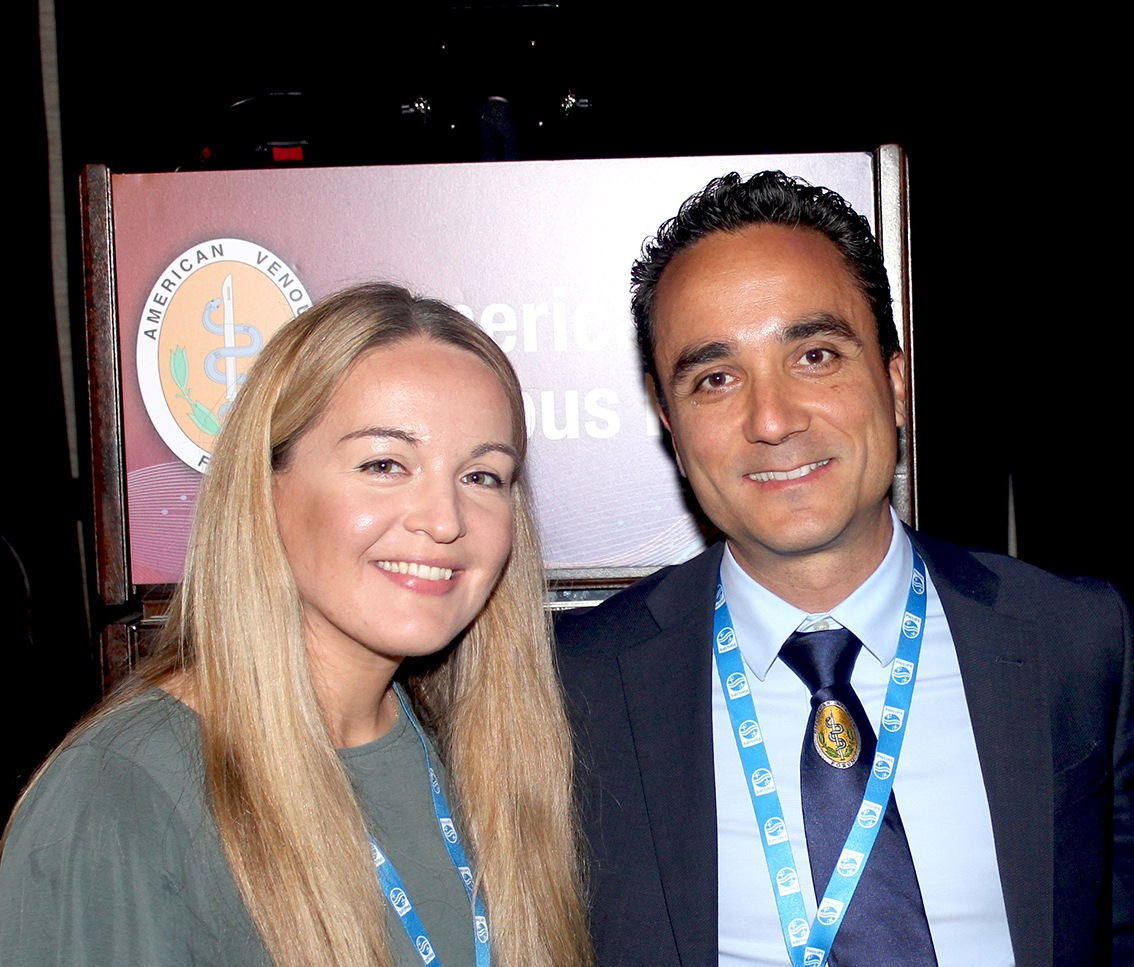In a secondary analysis of the SUNSET sPE randomized control trial, lead investigator Efthymios Avgerinos, MD, of the division of vascular surgery, University of Pittsburgh Medical Centre, Pittsburgh, Pennsylvania, and colleagues found differences in biomarker levels in response to treatment with catheter-directed therapies compared to anticoagulation alone. These data were presented at the 2022 annual meeting of the American Venous Forum (AVF) held Feb. 23–26 in Orlando, Florida.

Endovascular interventions for submassive pulmonary embolism (sPE) are becoming increasingly popular, and device options are diversifying rapidly. The ULTIMA trial, a few years ago, compared ultrasound-assisted thrombolysis (USAT) to anticoagulation alone and found an earlier reversal in RV:LV ratio in the USAT group, suggesting an earlier recovery with catheter-based therapy. However, the consequences of these findings on early changes in biomarker profile and functional outcomes have not been investigated.
The multicenter SUNSET sPE randomized control trial compared USAT to standard catheter-directed thrombolysis and found no differences in rates of thrombus resolution between the groups. As a secondary analysis of this study, biomarker data and functional outcomes of patients with sPE treated with catheter-directed therapies were compared to patients receiving anticoagulation alone.
Elizabeth Andraska, MD, a fifth-year vascular surgery resident at the University of Pittsburgh presented the results of this secondary analysis at AVF. They reported that baseline characteristics, biomarker, and RV:LV ratios were similar between the two groups. While three-month functional outcomes, as well as the quality of life metrics, were no different between groups, biomarkers CXCL10 and Pentraxin 3, which are associated with heart failure and adverse cardiac remodeling, returned to baseline more rapidly after catheter thrombolysis compared to anticoagulation only (p=0.04). These results may suggest a role for biomarker analysis when evaluating response to therapy and long-term outcomes. The group is excited to evaluate the implications of these findings on long-term outcomes.
Avgerinos reported to Venous News: “Biomarker profiling will ultimately help us better identify those acute PE patients who will progress to a long-term PE syndrome and implement early therapeutic strategies. Catheter thrombolytics seem to normalize faster heart failure biomarkers but it remains unknown if this correlates to a clinically meaningful long-term protection”
This work was awarded as the top abstract of AVF 2022 and will be presented in the forthcoming European Venous Forum meeting.












